Who was the only president to resign, ever?
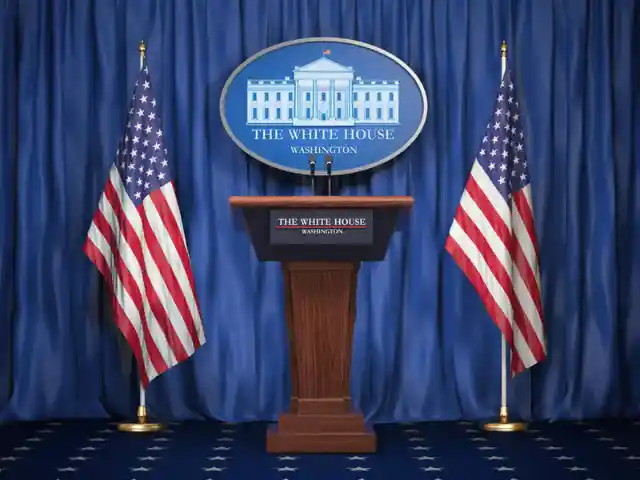
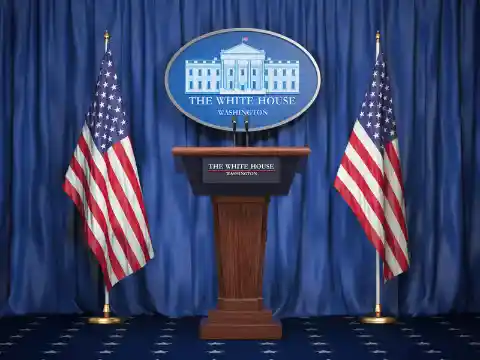
Richard Nixon had a long career as a senator before he won the big time. But as president, his term did not last long. A scandal regarding the burglary of his rival's documents at a hotel became a national story. It was hard to brush off, and the prez resigned when he realized Congress had enough votes to impeach him. Nixon knew a checkmate when he saw one!
How many stars does the U.S. Flag really have?
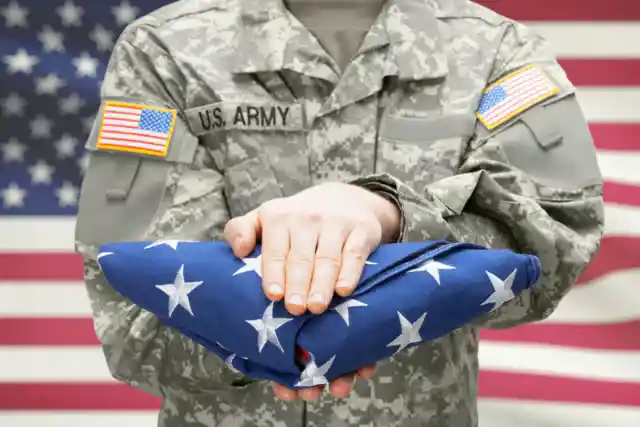
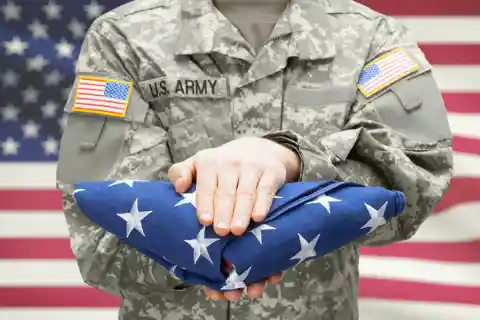
At the beginning, U.S. law stated: "Resolved: that the flag of the United States be made of thirteen stripes, alternate red and white; that the union be thirteen stars, white in a blue field, representing a new Constellation." The first flag honored the 13 original colonies, but quite a few states have been added to the country since. There are definitely 50 now!
Who gifted America the Statue of Liberty?
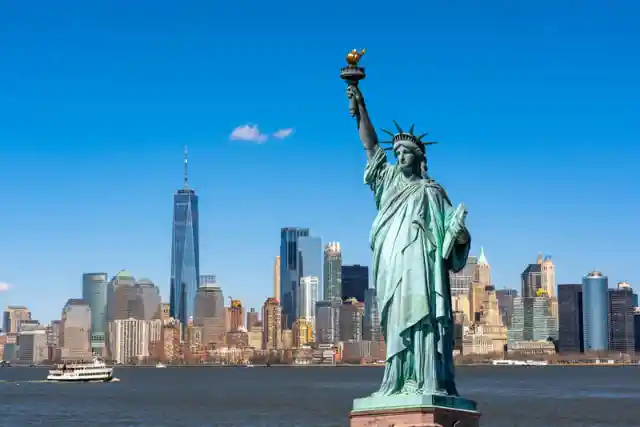
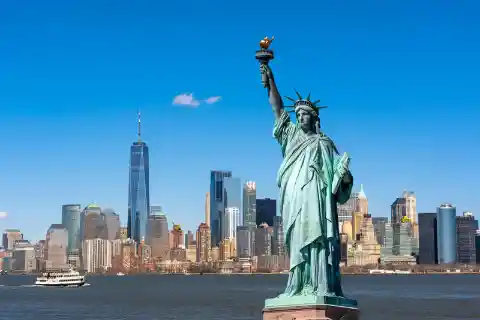
Yes, it's true. The iconic statue symbolizing liberty at the harbor in NYC was a gift of sorts. Ally France helped to fund the monument that few can imagine living without today. Over the following centuries, millions of immigrants were welcomed by the giant lady holding a torch. Merci beaucoup, France!
Which country sold Alaska to America, back in the day?
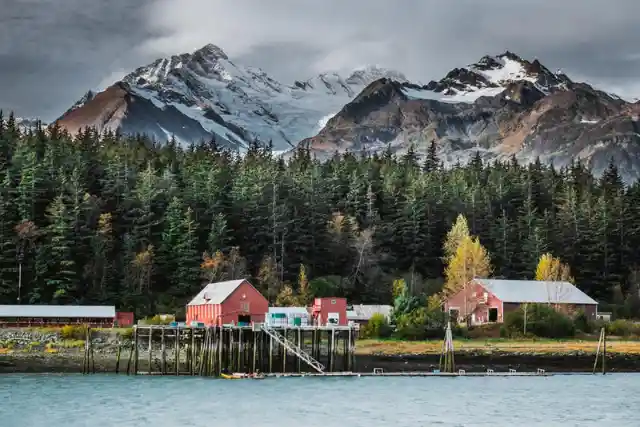
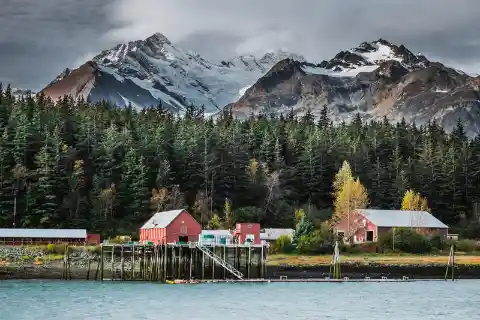
Russia may regret it now, but that big, cold piece of northern real estate was sold for pennies on the dollar. America gained its largest state for just $7.2 million, around 2 cents per acre. A great buy in 1867, for sure. Especially since secret gold was discovered after the deal!
Who was the very first president of the United States of America?
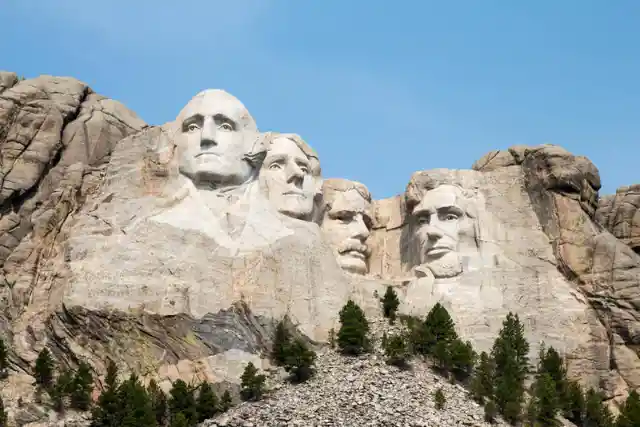
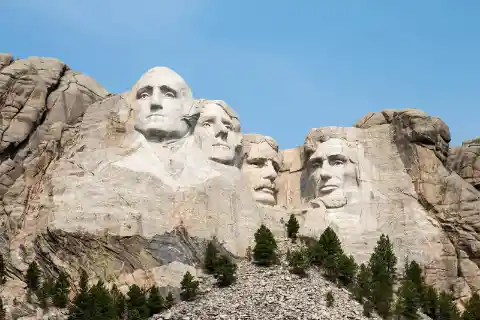
Today, most Americans see him on the dollar bill: George Washington was the first elected prez in U.S. history. After wowing his colleagues as a general, nearly everyone wanted to see him promoted. In fact, he was offered the chance to be the new king. Wisely, he said no way!
Which country attacked Pearl Harbor in WWII?
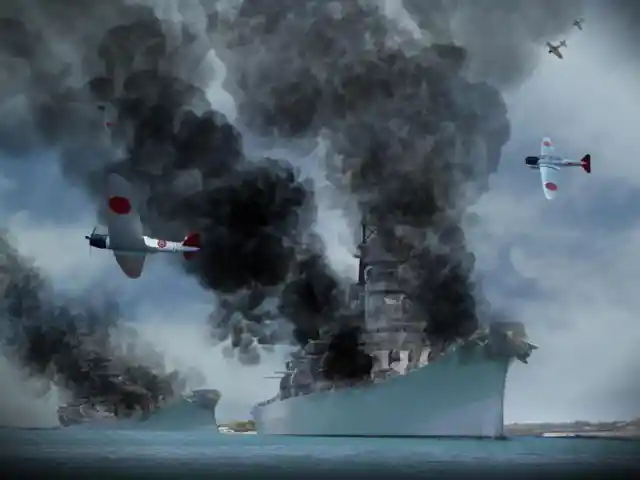
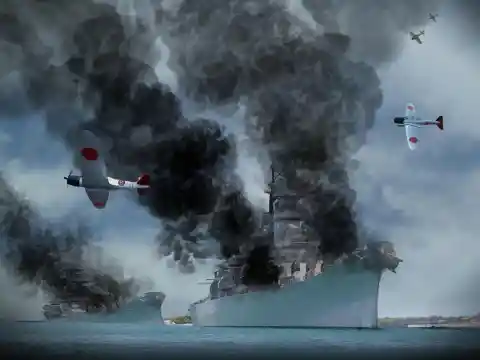
Many have seen the blockbuster Michael Bay film, and know this story well: Pearl Harbor was attacked by Japan. On December 7, 1941, it was a real sneak attack. No one saw it coming, out in the paradise of Oahu Island, Hawaii. The events led America to officially enter WWII. In the end, Japan suffered far more!
Who was the tallest president?
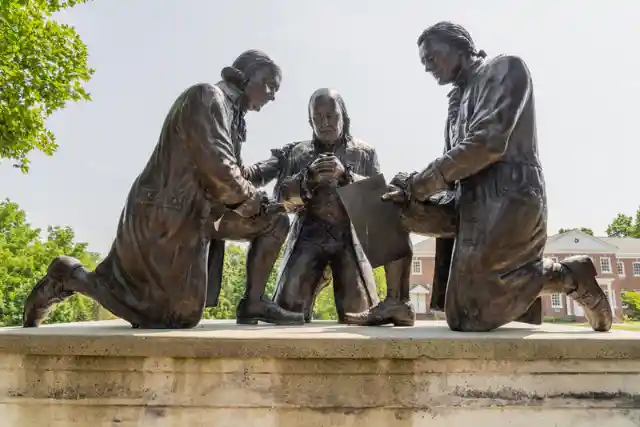
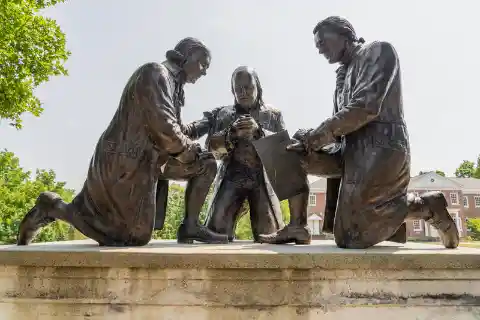
Abraham Lincoln wins the presidential height contest, by far. A man standing at 6'4'', would be a commanding present even today. And back then, nutrition to grow big and strong wasn't the best! Abe stands in contrast to the smallest president, James Madison. He was only 5'4'', and less than 100 pounds!
What city was the first capital of the new United States?
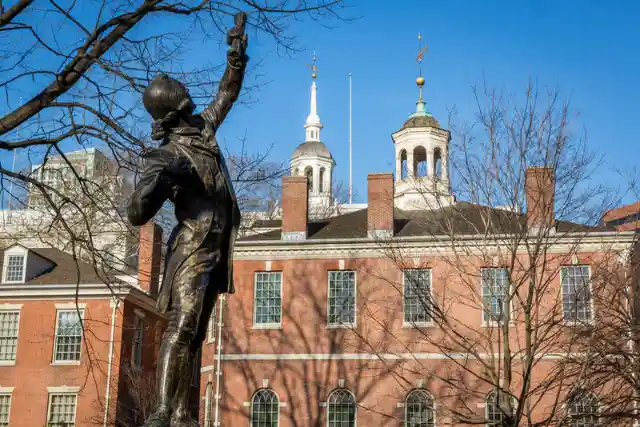
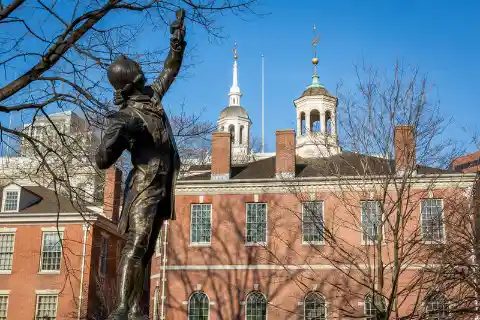
It's not well known, but Washington, D.C. was not actually the nation’s first capital city. In 1790, that became a reality. But before that, Philadelphia, Pennsylvania was the first hub for government. A few other cities were tried after that, but the district was the final answer. Today, Philly gets to focus on being the city of brotherly love, instead!
When were American women first allowed to vote?
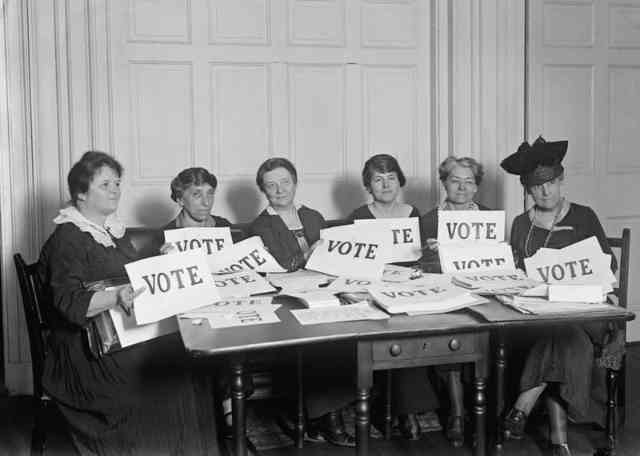
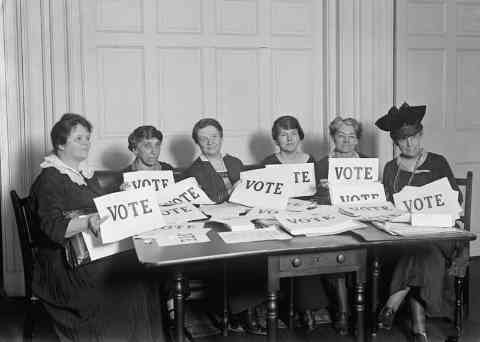
Women began protesting for their right to vote around the 1840s, but didn’t get their wish until 1920! The first two national suffrage organizations were founded in 1869, and were merged in 1890, known as the National American Woman Suffrage Association.
Where was JFK assassinated in 1963?
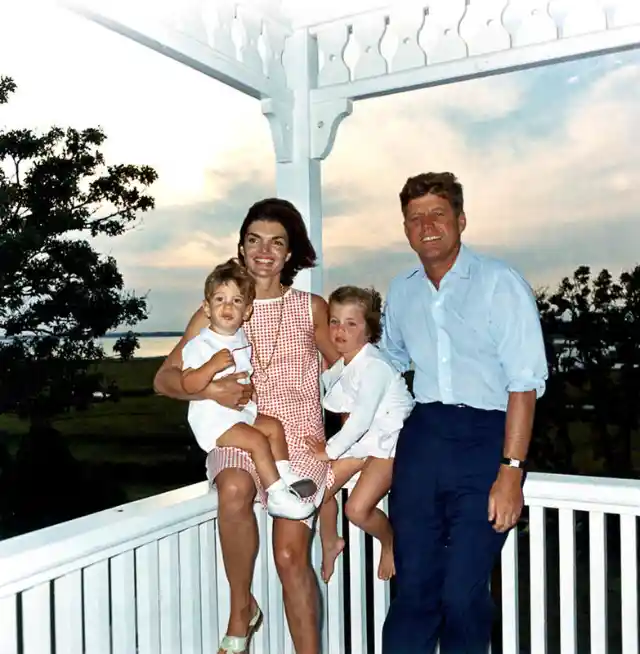
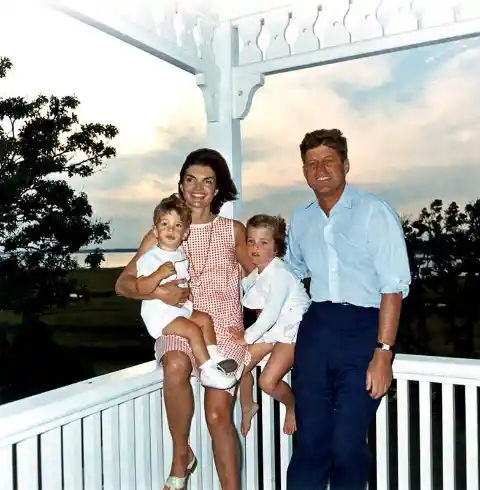
John F. Kennedy was taken far too soon, and mourned by all Americans. It was shocking stuff, to see his assassination live on TV! The 35th president only served from 1961 to 1963. His death occurred in Dallas: As JFK rode through town, a gunman shot him in the convertible next to the first lady. Sadly, doctors couldn't save him!
Which state was the last to be admitted to the Union?
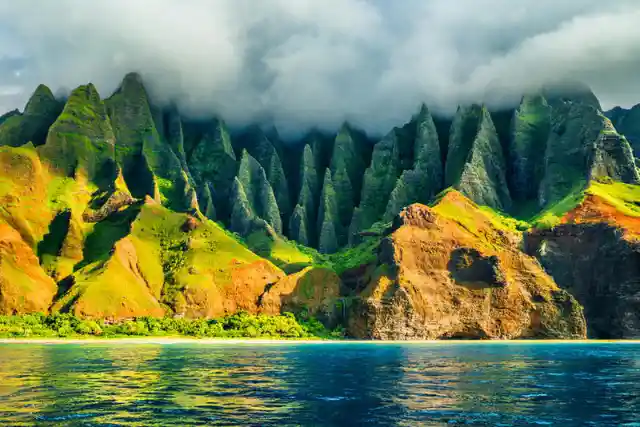

Pineapples, volcanoes, and surfing in Hawaii may be far away, but it is still a full-fledged American state! The Americans dealt with the kingdom for a while, annexing it in 1898 and giving it territorial status 2 years later. In 1959 it became the 50th state, 7 months after Alaska!
What actually happened on July 4?
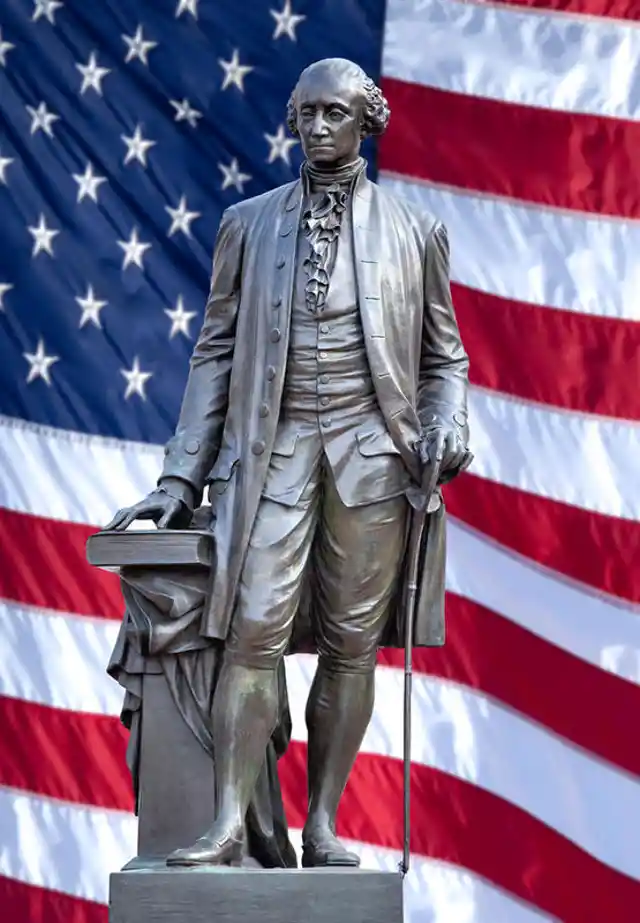
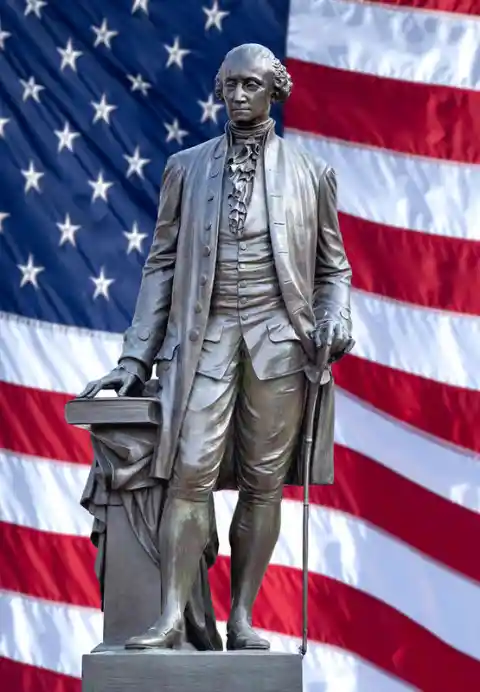
While it's celebrated every year with fireworks, not everyone remembers the exact details of the day. The American revolution happened in a series of events, but July 4 is not the actual moment the Declaration of Independence was signed. The final draft of the Declaration was approved by the Continental Congress on July 4, although the date of its signing has long been disputed. Most historians have concluded that it was signed on August 2, 1776, nearly a month after its adoption, and not on July 4 as is commonly believed.
Who refused to give up her bus seat and became an activist for doing so?
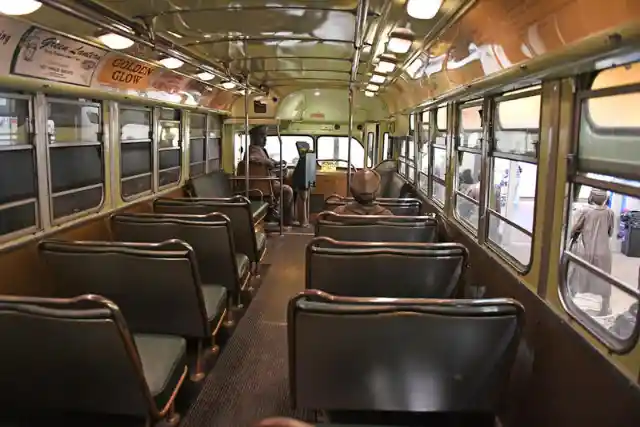

On December 1, 1955, in Montgomery, Alabama, Rosa Parks, a Black woman, stayed seated in favor of a white passenger who wished to sit in her seat. Following the brave protest, the Black community boycotted buses in Montgomery for over a year!
What is the highest civilian award given in the United States?
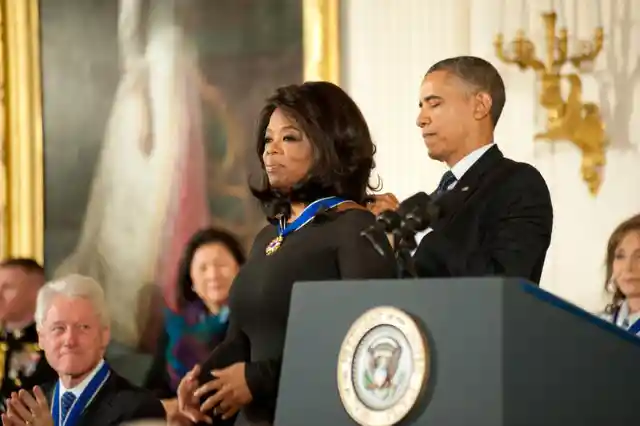
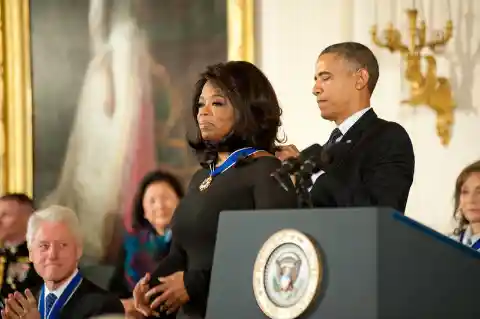
Established in 1963, the Presidential Medal of Freedom is bestowed by the President of the United States, to people who have contributed to the security or national interests of the United States, world peace, cultural or other significant public or private endeavours.
When did the United States and Britain fight for control over the Great Lakes?


During the War of 1812, the British fought the United States for control over the great lakes, wanting to develop a good relationship with the Native Americans in the area, even promising to establish them an independent state to separate the United States and Canada.
Who was the British king during the American revolution?
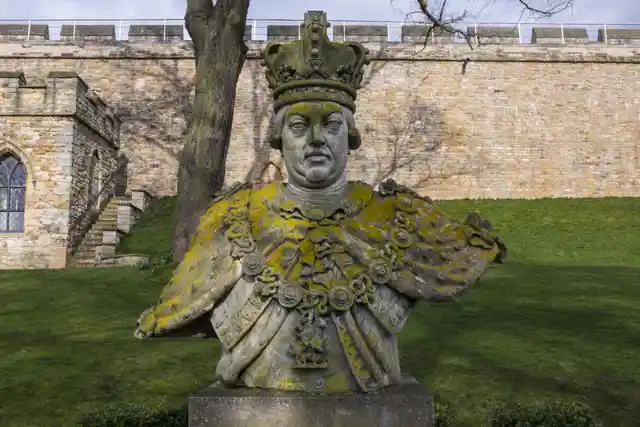
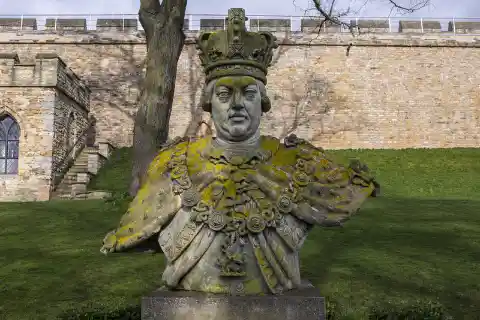
American fought against a pretty powerful guy, at the beginning. It was King George III of England, but who actually knows his alleged crimes? Some colonists were mad that he banned their local parliaments and had his own back in England make all the decisions. The tax bills came and came, and this inspired the messy divorce. Hello, USA!
Who was the very first man on the moon?
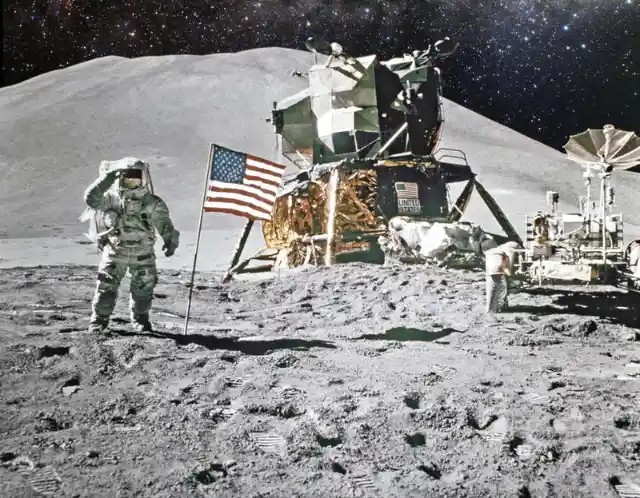
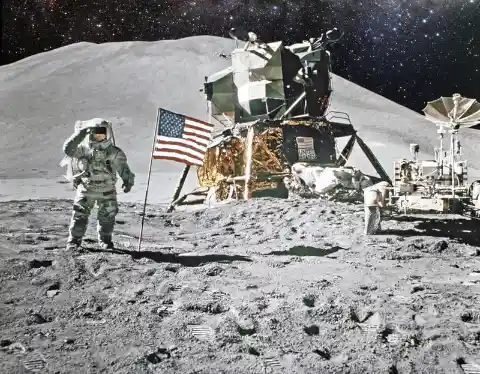
It's undeniable: Apollo 11 was a historic spaceflight! The rocket carried the first human that would ever set foot on moon soil. Commander Neil Armstrong was assisted by lunar module pilot Buzz Aldrin on board. As Neil walked around the new terrain, he had a great friend watching over him. The mission was a big success in 1969!
Which president was a peanut farmer in his free time?


Jimmy Carter served one term in office, back in the 70s. But who was he before getting that first big gig? Americans have seen him involved in political projects since, internationally. But before the oval office, he was governor of Georgia and a pretty local guy. His family had farming history there, and Jimmy was involved in the business. Delicious!
What did the Declaration of Independence do?
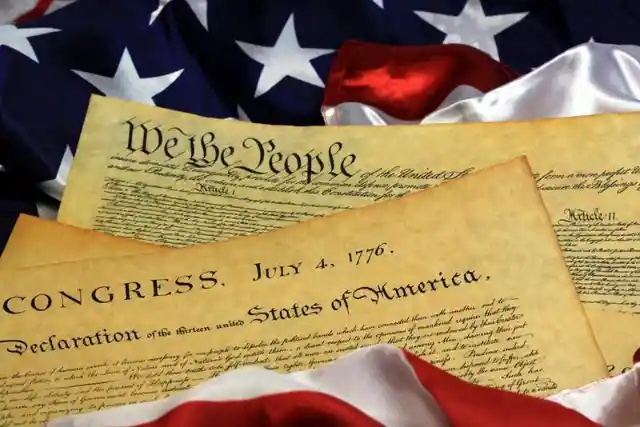
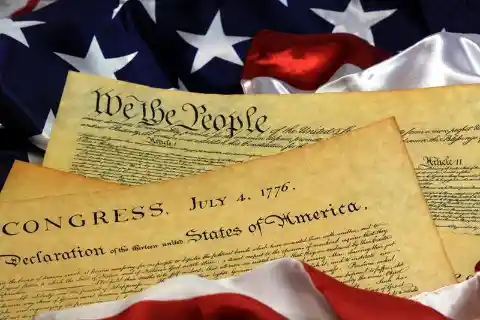
The separation of the colonies from England happened in steps, like most big events. By issuing the Declaration of Independence, a goal was set. It was time to break away from the king, even if the next chapter was unclear. On July 4, 1776, the 13 colonies declared a divorce. The document summarized their grievances and motivations. Today, those values are still cherished by millions!
Which war freed the slaves?
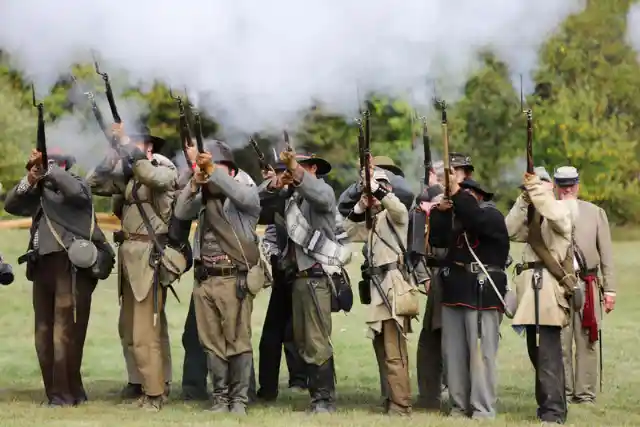
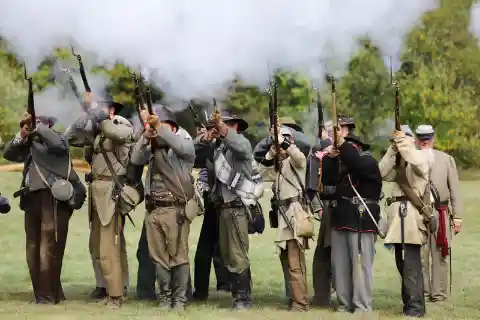
The Civil War was fought between the northern and southern states from 1861-1865. Abe Lincoln was at the helm, battling a faction in the south that declared they were forming a brand new country. No, he said! Historians argue over the exact body count: A minimum of 620,000 are said to have died in the war. No small skirmish, by any means!
Which state in the USA is called "The First State"?
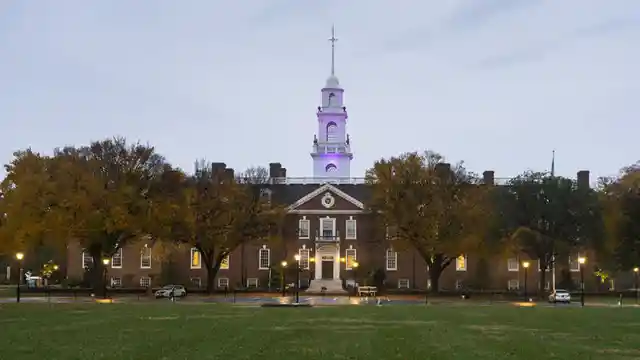
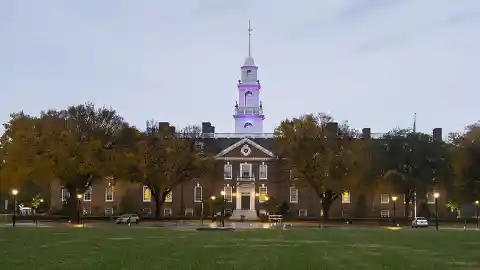
In 1787, Delaware became the first American state by ratifying the United States Constitution. Since then, it has retained this well-deserved nickname. Not surprisingly, Delaware remained in the Union during the Civil War: Governor William Burton declared that the first to join is the last to leave!
During the Civil War, who was the Confederate president?
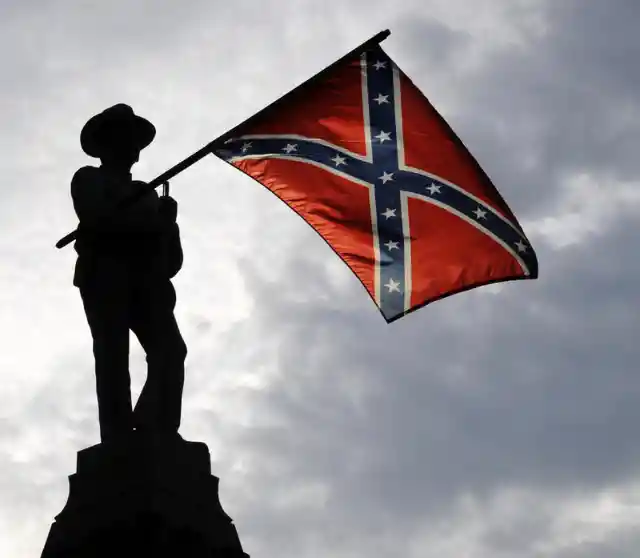
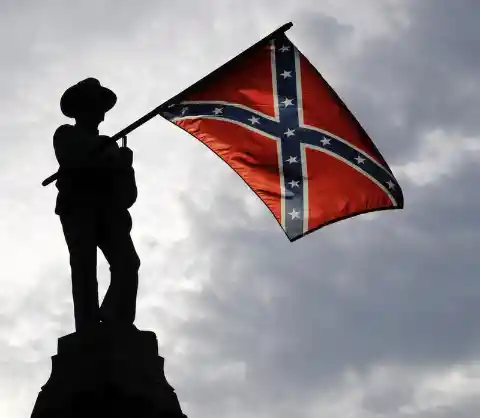
During the Civil War, Jefferson Davis announced he was the president of the Confederate States of America. Before this role, he was a congressman for Mississippi as a Democrat. From 1861 to 1865, he ruled the south, but it didn't last. Old Abe had a lot to say about it!
Who was the fattest president in U.S. history?
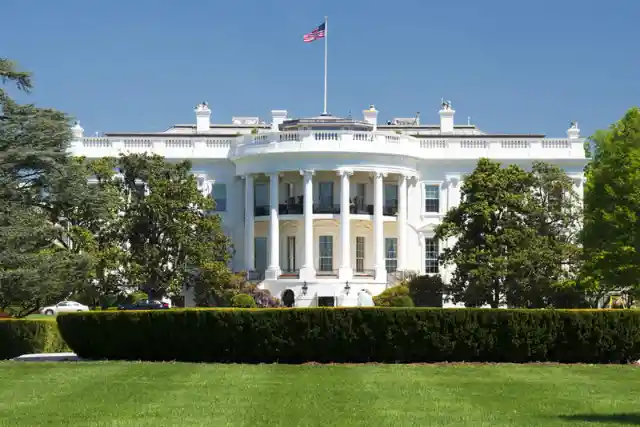
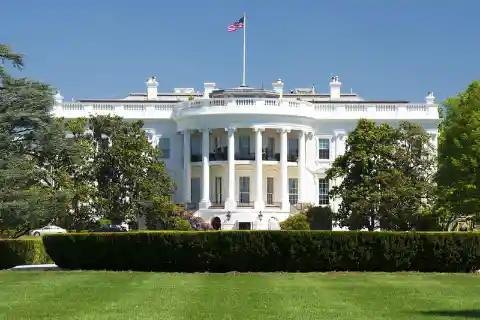
Perhaps it's not polite to point out, but facts are facts. William Howard Taft was the largest president by far, at around 350 pounds. For this rotund resident, the White House actually built a special bath tub — a 7-foot wide tub, for all his bubbly needs. Relaxation is important for any stressful job — U.S. president included!
Which state was once a totally separate republic?
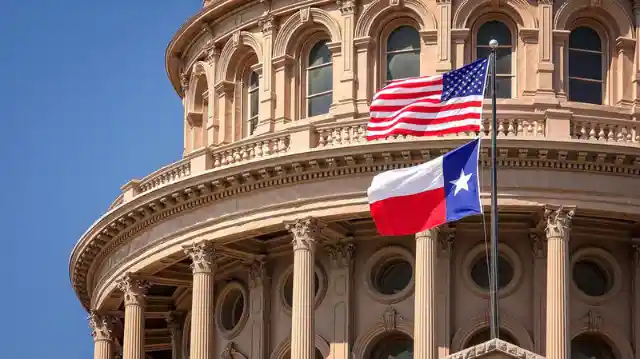
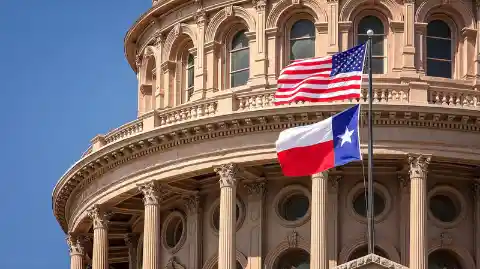
The Republic of Texas really existed, back in the day. Maybe that's where the current residents get their independent spirit! Between 1836 and 1846, Mexico regarded this region as a troubled province. In the end, they didn't stay independent, or Mexican. The United States annexed the land and made it a state in 1845, still in dispute with the southern power. Even the Mexican–American War failed to bring it back!
Which war did the United States enter in 1917?
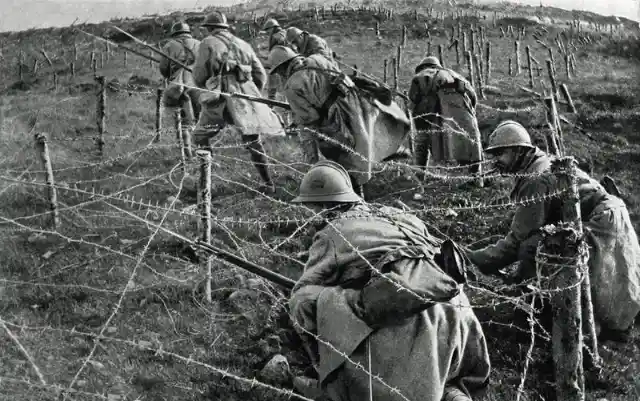
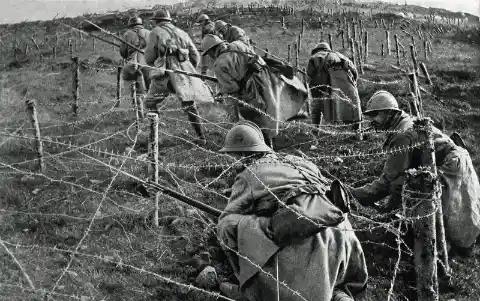
It may be overshadowed by WWII, but the first world war was a big one. Rivalries in Europe boiled over when the assassination of Archduke Franz Ferdinand made headlines. Alliances fought each other with the bodies of millions of their citizens. Trench warfare dominated the battles. It was all so gruesome, that modern medicine was invented to help survivors: Plastic surgery. No joke!
Where did MLK give his famous "I Have a Dream" speech?
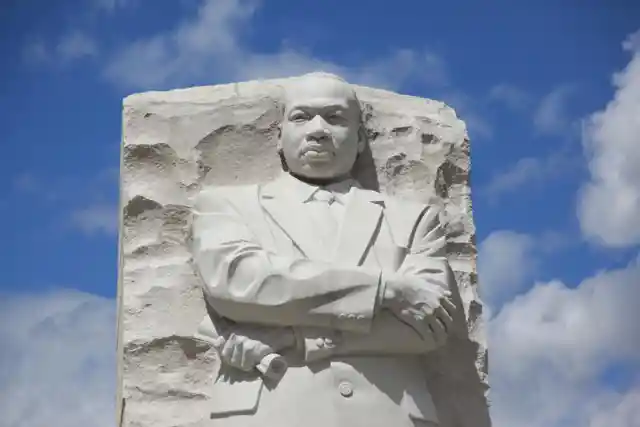
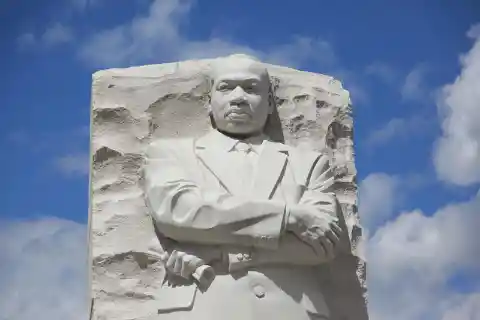
One of the most famous speeches of all time, "I Have a Dream" was given in the nation's capital in 1963. At the March on Washington for Jobs and Freedom, MLK explained: ''I have a dream that my four little children will one day live in a nation where they will not be judged by the color of their skin but by their character.'' America agreed, and the laws changed!
Who was the oldest president to serve in the 20th century?
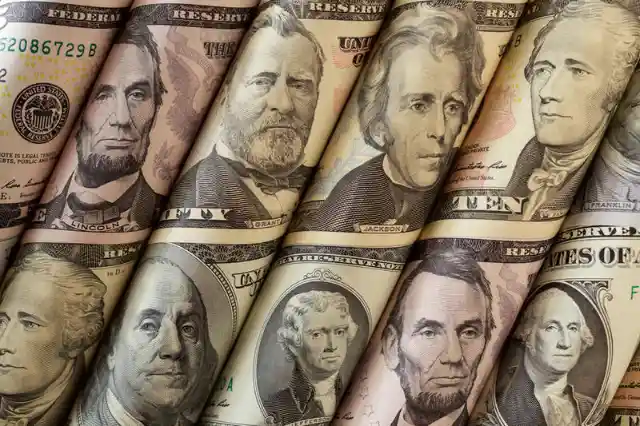
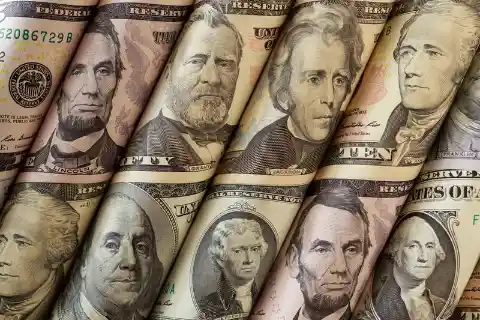
President Ronald Reagan wins this title, though it might not be evident from his dyed 'do. The 40th president took office at the ripe older age of 69, and successfully served two terms through the end of the cold war. When he left office, he was 77. Fact check: 21st century Joe Biden beat this record, and took office at age 78!
Which American city had the first daily newspaper?
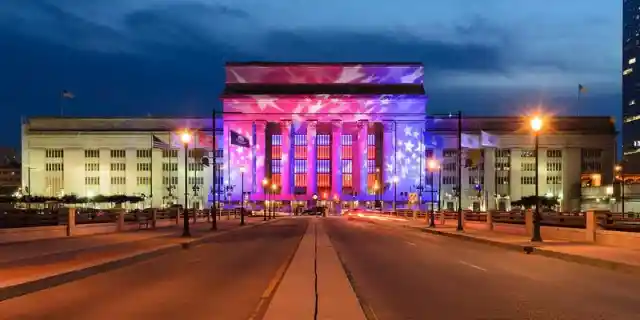
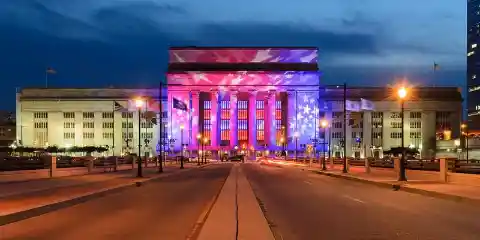
The city of brotherly love that wins! This newspaper was none other than The Pennsylvania Packet, founded as early as 1784. Philadelphia, as an early American project, is a place of many firsts. The city also boasts the first national zoo, hospital, and medical school!
Who was the main enemy in the War of 1812?
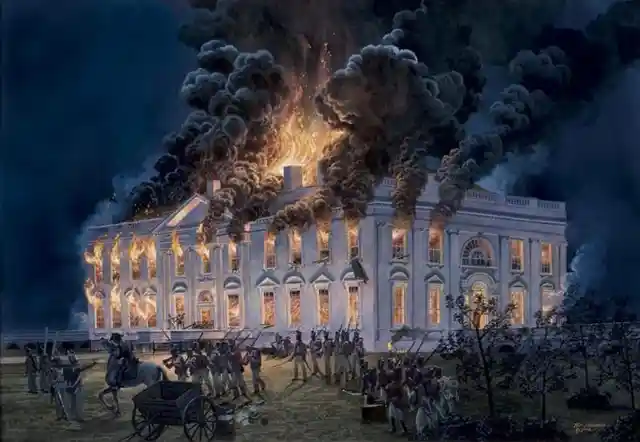
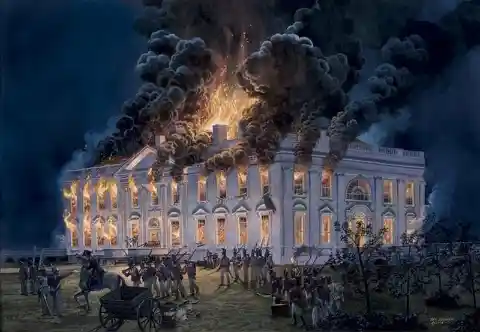
Yes, 'twas the forgotten war somewhere in between the revolution and the rebellion of the south. The War of 1812 was fight pitting United States against the UK, yet again. At the time, Canada joined in! As an extension of the crown, that meant they opposed their neighbor, the new USA. And at some point, the White House got burned down! So much drama, yet who even remembers?
Abraham Lincoln was a nationwide top athlete in which sport?
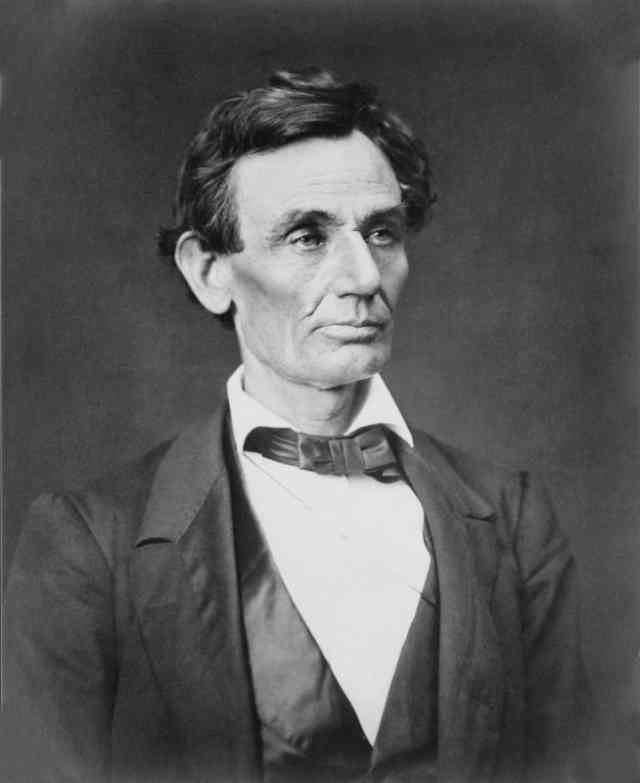
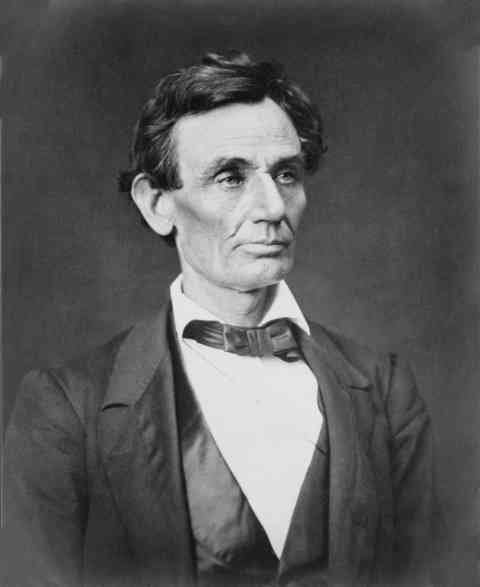
Abraham Lincoln is most famous for keeping the nation together, winning the war, and freeing the slaves. But fans of this prez may not be aware he was also a very talented wrestler. Honest Abe is in the Wrestling Hall of Fame, and for good reason indeed. He won 299 out of his 300 matches!
What job did Ronald Reagan have before he tried politics?
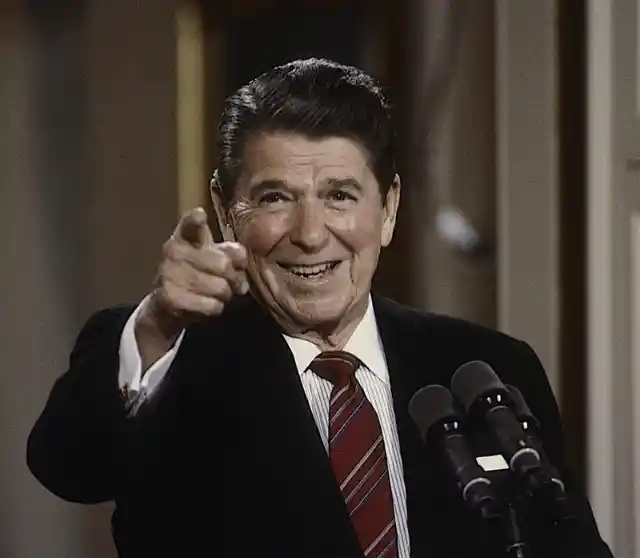
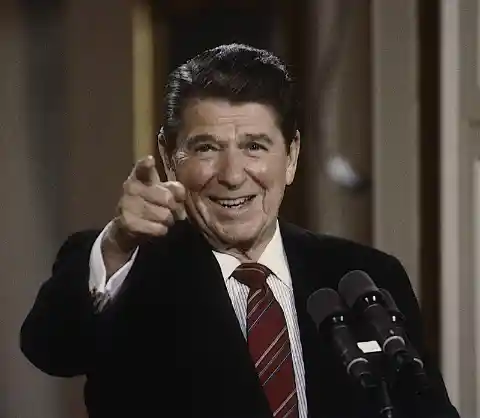
Ronald Reagan attended Eureka College, a smaller school in Illinois. He was a student athlete, and became a sports announcer on the radio when he graduated. But from there, his career took a big twist: Ronald did a screen test for Warner Brothers when he was in town. Over the next 30 years, America saw him in more than 50 movies before they voted him in. Not a bad intro, at all!
Which secret Indian language was used to communicate on radios in WWII?
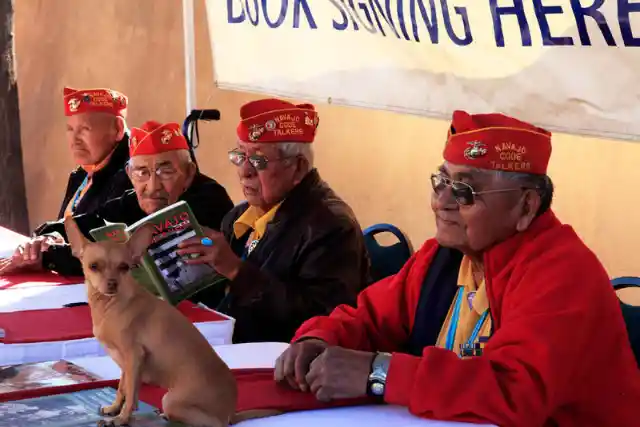
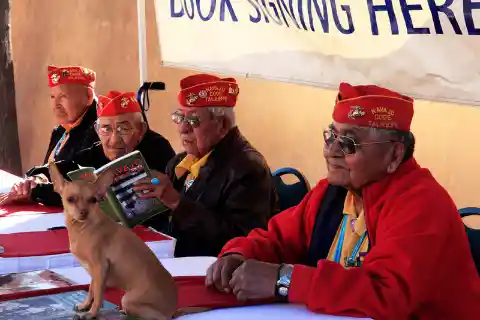
In World War II, the Marines devised a sneaky plan to beat the Germans. how could the enemy figure out their plans, if it was all said in a proprietary language? The indigenous peoples of America had languages no one else knew, and the Navajo were recruited to help the country. In the end, it worked well. No one on the other side could figure it out!
Who helped free slaves using a network called the underground railroad?
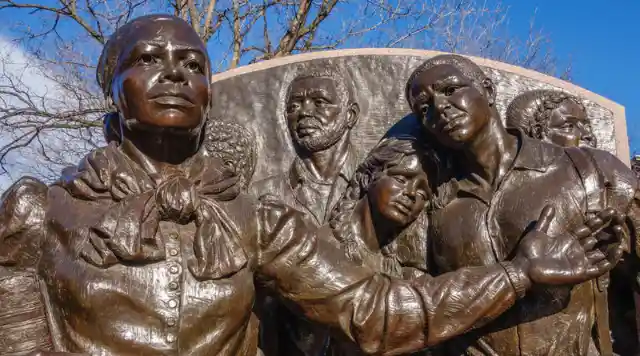
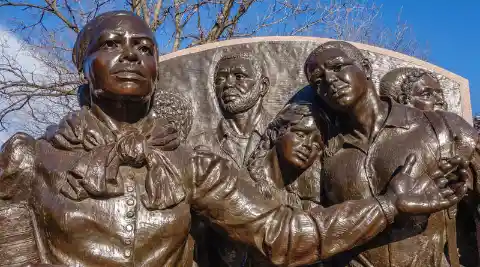
The legendary Harriet Tubman has been honored for good reason as a civil rights all star. She was actually an escaped slave herself, but wasn't content to leave everyone behind in chains. Networking with worried free Americans with extra beds, she helped sneak out around 300 slaves. To the free North they went, safely!
What was America's first university?
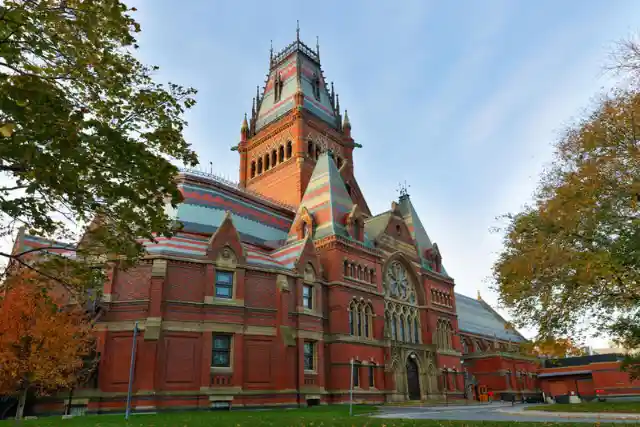
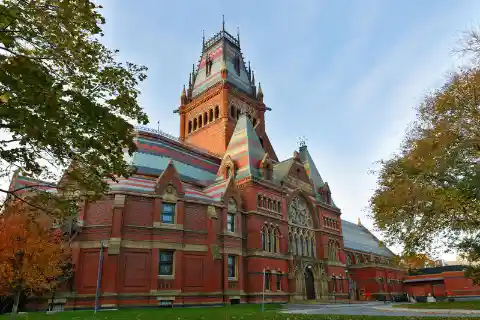
It's not a cliche: Harvard was the first university in America. Established long before the revolutionary movement, students were learning theology in 1636. Cambridge, Massachusetts is not quite as religious today, and neither is the school — but the history is there, and it's evident in the stones!
Which of these states was not one of the original 13 colonies?
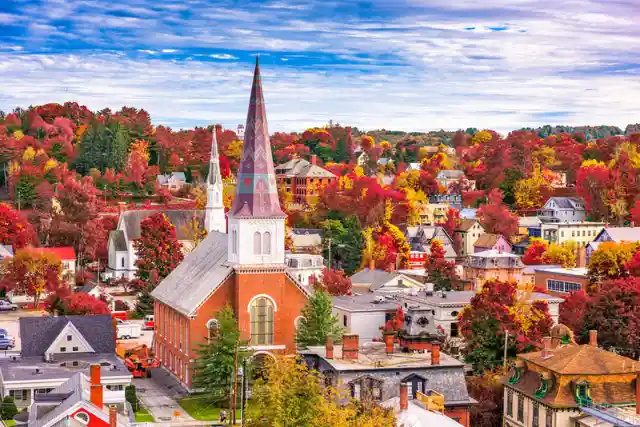

The United States of America started out much smaller, as many know. But which modern-day states were really there first? After declaring independence in 1776, the union was New Hampshire, Connecticut, Massachusetts, Rhode Island, New Jersey, New York, Pennsylvania, Maryland, Virginia, Delaware, North Carolina, South Carolina, and Georgia. Vermont joined only in 1791!
Which founding father had the biggest signature on the Declaration of Independence?
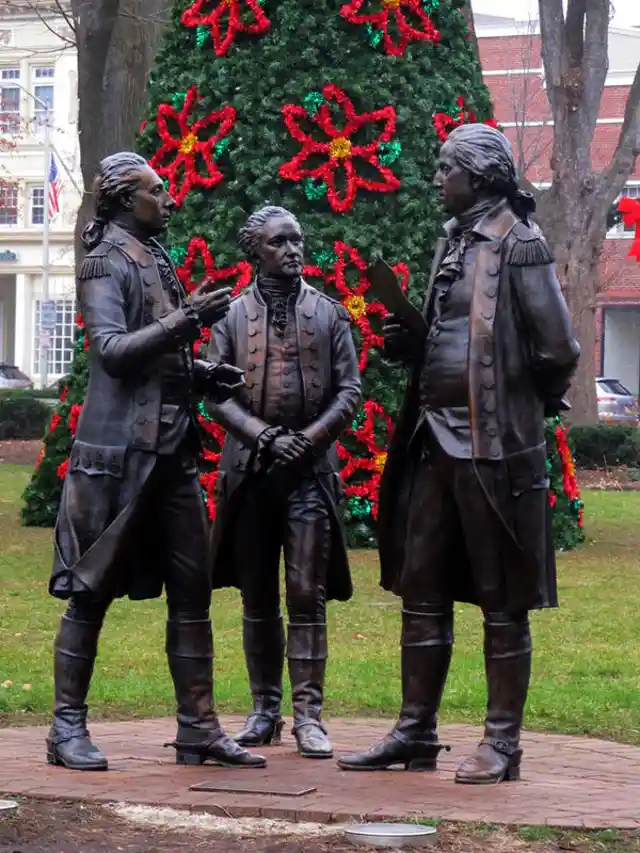
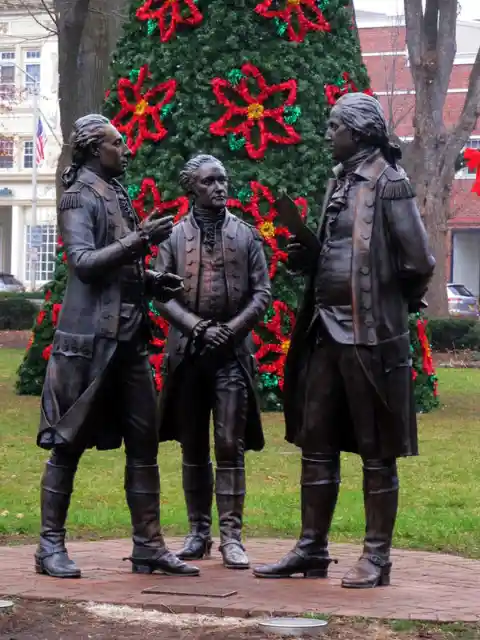
Yes, it was good old John Hancock. His legendary signature has become a synonym for signature itself, and there's a good reason why. It was big! Compared to Sam Adams who used just 0.6 square inches on the page, John used six square inches. It's hard to miss on the Declaration of Independence, but no one minded his enthusiasm!
Who agreed to the Louisana Purchase, giving the U.S. new southern territory?
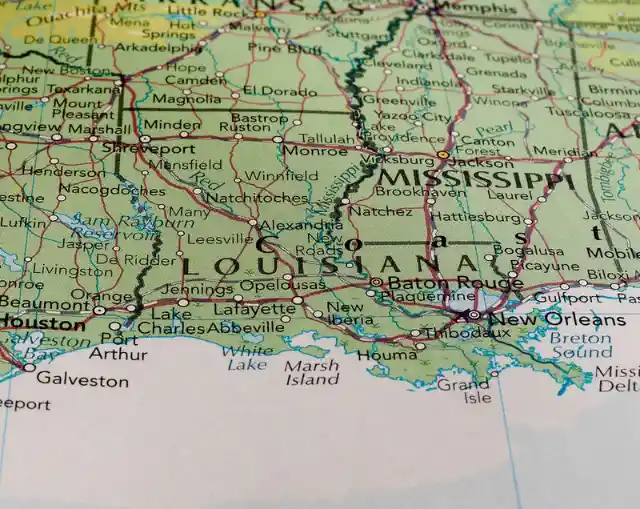
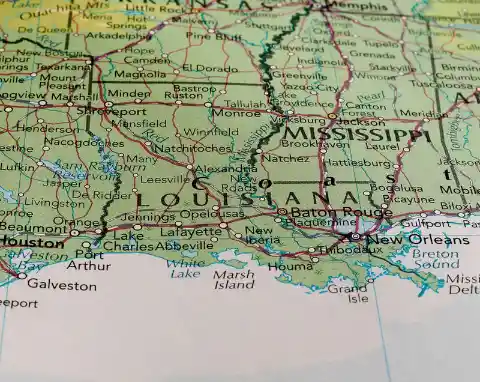
828,000 sq miles: They might regret it now, but France sold a big chunk of real estate way back in 1803. The Louisiana Purchase turned the territory of Louisiana into a real state, and it was a pretty good deal. For just $15 million, New Orleans and the bayou culture became a permanent part of the American story. It was just $18 per square mile!
What did the U.S. government mix with alcohol to discourage drinking during prohibition?
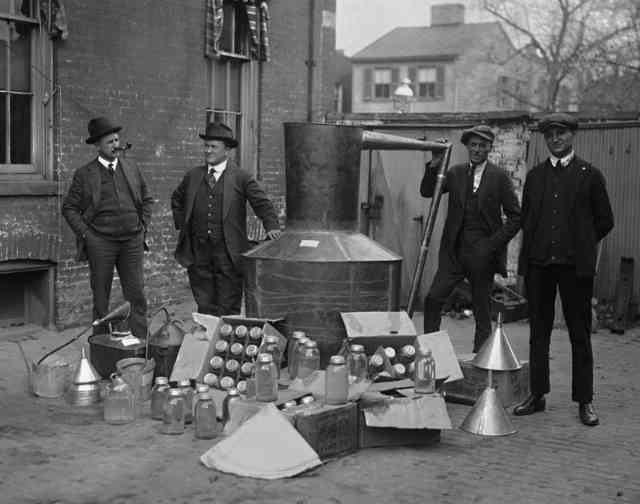
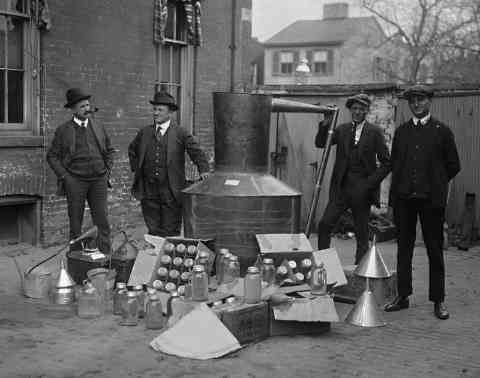
It's absolutely shocking to hear now, but the U.S. government literally poisoned alcohol. In a frenzy to stop the public from having a glass, they really went the extra mile during prohibition. Officials instructed manufacturers to add iodine, kerosene, and chloroform. The results? Experts today estimate the death count at 10,000 people!
What was the official name given to Denali, the highest mountain peak in North America?
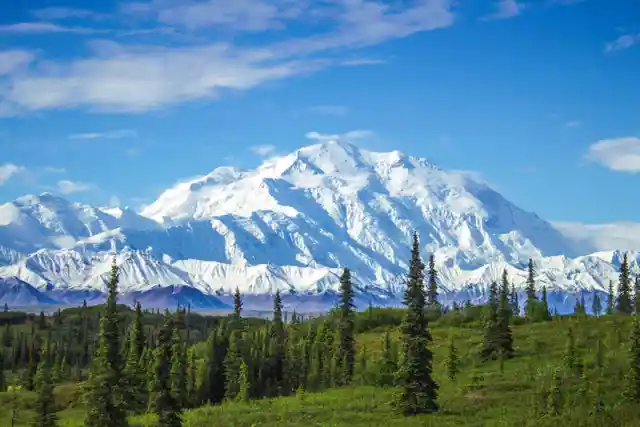
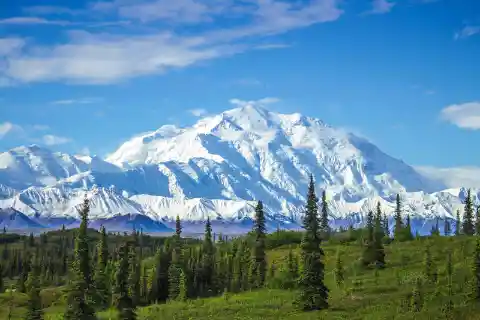
The Koyukon people, who inhabit the area around the mountain, would call it Denali for centuries, but in 1896 a gold prospector renamed it after William McKinley, a then-presidential candidate. In 2015, the United States finally retracted the name and renamed it Denali, to honor the original name.
Benjamin Franklin is known for which of these?
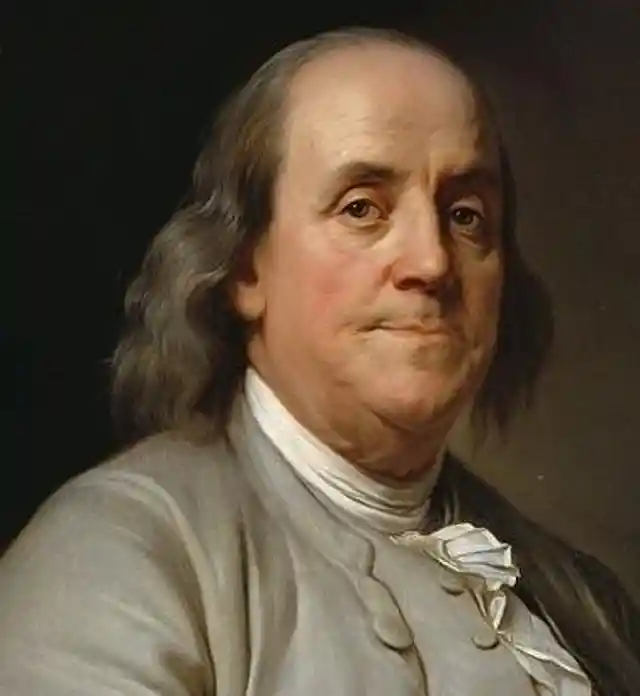
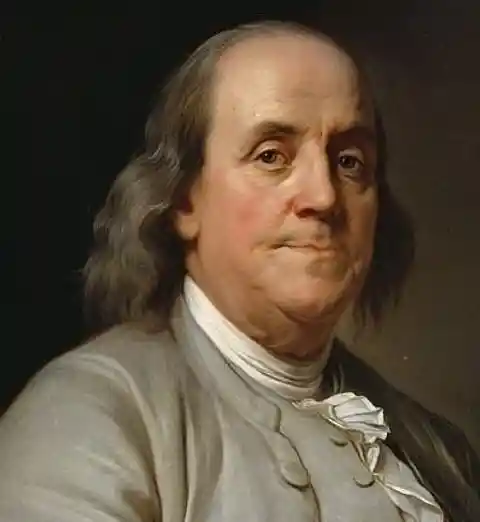
Benjamin Franklin was the first Postmaster General appointed by the Continental Congress on July 26, 1775, three months after the wars of Lexington and Concord. This position was designed to ensure that mail was delivered as fast and reliably as possible as it was deemed crucial to the survival of the colonies. Franklin held the position for decades.